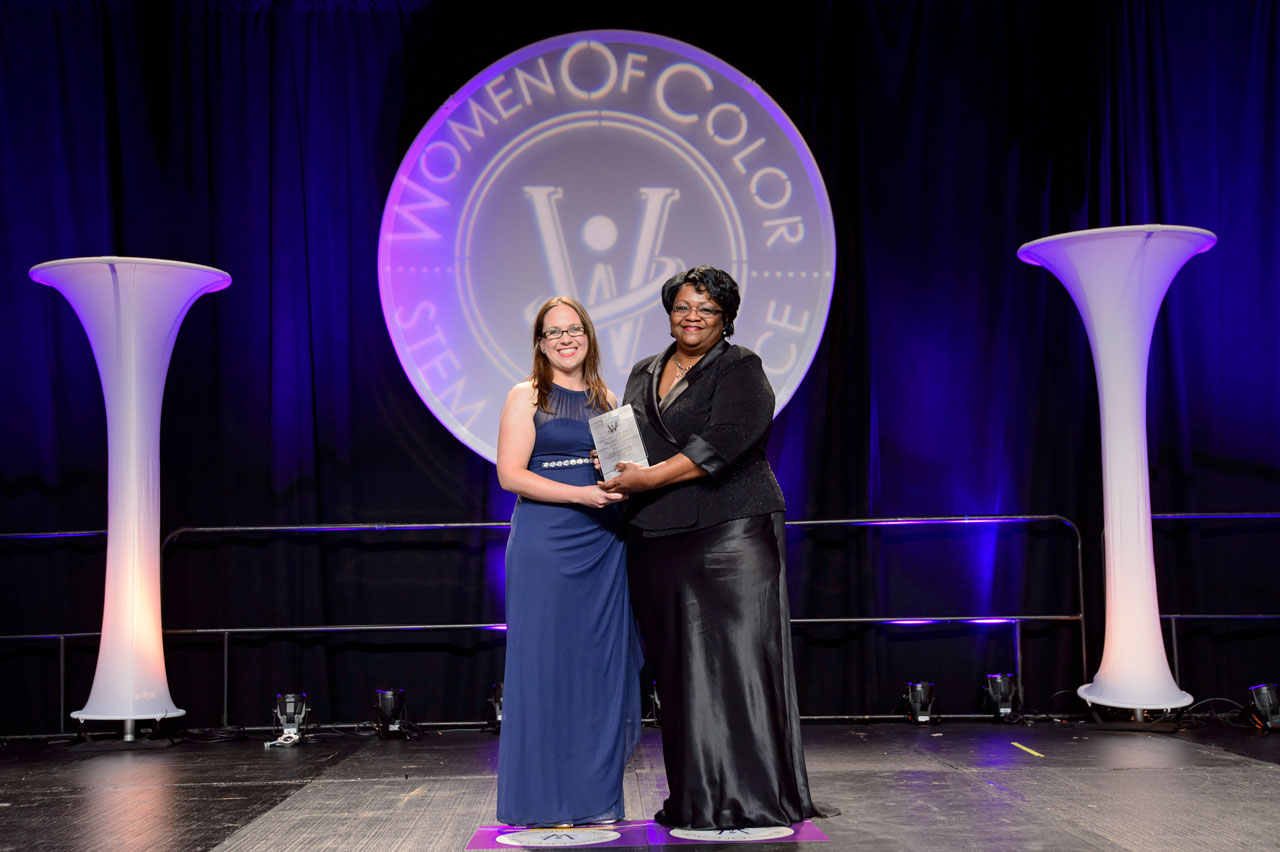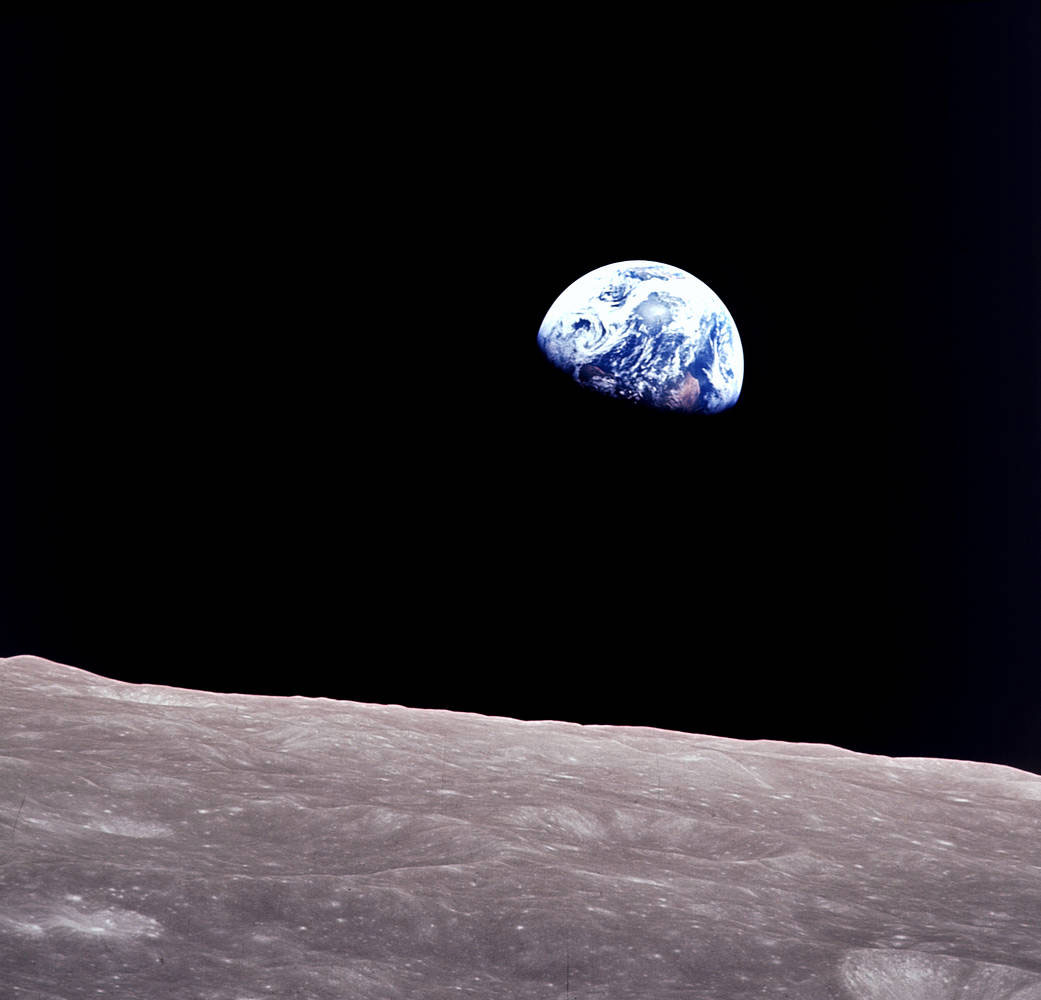
Marilé Colón Robles
Project Scientist | NASA's Langley Research Center
Universidad de Puerto Rico - Rio Piedras
Chemistry
University of Illinois at Urbana-Champaign
Atmospheric Sciences
Teachers College, Columbia University
NASA Endeavor STEM Teaching Certificate
I've always loved to learn. I would study nature and take notes of what I observed. I just didn't know that was science. I loved animals, especially sharks and Komodo dragons. I would watch shows and read up about them. This is why I thought I wanted to be a veterinarian.
I was also in love with music. I learned how to read sheet music and play the recorder when I was 6 years old. I then learned how to play the guitar and the keyboard, and I transitioned to playing the flute. I continued with the flute and was part of a flute group in high school. We even competed at Disney World and won first place! I then applied to be in the Conservatory of Music of Puerto Rico and got in to be a concert flutist.
At the same time, I was accepted at the University of Puerto Rico in Rio Piedras. (I was so excited because my grandmother did her secretary degree there.) Without knowing it, I fell in love with science. Inspired by an amazing professor, I changed my veterinarian and musical futures and studied chemistry and boy did I LOVE IT!
Music, help from family, and getting a scholarship from the MARC Program (Minority Access to Research Careers) were ways I paid for college. With the MARC program, I was able to work in a laboratory with Dr. Olga Mayol-Bracero and learn about atmospheric sciences. I collected aerosols in the air at locations with lots of traffic and at a reserved nature area near the ocean. I was able to do comparisons and write a short study. This is truly what propelled me to a science career and a degree in atmospheric sciences from the University of Illinois at Urbana-Champaign. Illinois was SO different than Puerto Rico. I was sad but excited. I had great professors and friends. I was able to be part of the RICO Campaign (Rain In Cumulus over the Ocean) and go back to the Caribbean. There, I met a variety of researchers. There were three airplanes, one boat, and a radar that were transported to Antigua and Barbuda to study clouds. It was there where I flew in NCAR's C-130 inside and outside of clouds and was sold on science!
I was looking for a volunteer position as I did my Ph.D. work. I knew by then that I loved education and wanted to do more. At NASA Langley Research Center's Office of Education (now called the Office of STEM Engagement), they needed a Latina or Latino who was fluent in speaking and writing Spanish and English to work on a project with Univision. It turned into a part-time job and then a full-time job.
Spanish, the language I first learned, was what landed me at NASA. I then showed my passion and my willingness to learn. My background in science was incredibly useful to the office. I then learned how to teach and learn about everything NASA does – rockets, planets, airplanes, space, and Earth science.
I then learned about culturally responsive teaching and STEM equity and fell in love again. Reaching those who are rarely reached is my passion, and also the reason I received the Women of Color STEM Award for Corporate Promotion in Education. Now, as the project scientist for NASA GLOBE Clouds, I get to merge my science background with my love for education! I get to inspire students, teachers, and the general public to do scientific observations through GLOBE and then use that data in research. I also get to show the power of citizen science to the research community.
I get to be part of the GLOBE Clouds team at NASA Langley Research Center. Any cloud observation made by a citizen scientist and submitted to the GLOBE Program or through the GLOBE Observer app is compared by our team to satellite data obtained at about the same time and location. The team then sends a personalized email from NASA to the citizen scientist showing a comparison of their observations and the satellite data. You can learn more at https://www.globe.gov/web/s-cool.
In my job, I get to oversee that process, I get to interact with students and the general public all around the world through events and virtual sessions. I also get to come up with data challenges, where we ask people to submit cloud observations and receive a shout-out from a NASA scientist (as we did for the Spring Cloud Challenge in 2018 and the Fall Cloud Challenge in 2019). In addition, I oversee research being done with the data. I work with other excellent researchers on ways to use the citizen science data, promote the data to other researchers and come up with ways the data can aid researchers. It is all around a true team effort.
My advice to someone interested in a career like mine is to follow your passion, no matter where it takes you. If you read my story, you notice it was not a straight and narrow path – it had hoops, loops, and twirls, and THAT is what has made me so successful. All those experiences made me resilient, flexible, and most importantly, creative! Always trust in yourself and your abilities – ALL OF YOUR abilities – especially those in which you feel most weak. Those are probably the ones you will get to work on next and strengthen as you move through your life. Also, make sure you have a support group. People who will be by your side cheering you on, because as you go through life, it will not always be easy. They can be friends, coworkers, professors, family members – anyone you feel safe with. And lastly, always remember to learn, no matter who is teaching you! I often learn most from students or in circumstances I least expect it. So just be willing to be uncomfortable for a little bit and go for the ride!.
My biggest challenge has been being true to myself. As I navigated new things – things I didn't feel completely confident in – I would change myself a bit to fit a mold I thought I needed to fit in order to be better. I realized it was my expectations and not other people’s expectations of me that were driving this idea.
I overcame this by knowing that my strengths did not have to be the same as those of the people around me. The point was to complement each other, not to be exactly the same. I also needed to stop trying to be perfect. The way I overcame that was to stop trying to prove I was worthy of being where I was. I had to love myself and my "imperfections," and know I was exactly where I needed to be – learning from my surroundings, and being willing to change, even if it was uncomfortable.
I am inspired by teachers. They have one of the most important jobs in the world, and also one of the hardest. They hardly get a pat on the back or a "you are doing great," every day. They give their all and they change lives every single day. That is resilience and passion all wrapped up together!
I LOVE working with The GLOBE Program and being able to see students do research with their own data and enter them into GLOBE's International Virtual Science Symposium or GLOBE's U.S. Student Research Symposium. I also love to get messages from citizen scientists and how they love helping out with their observations. I love the enthusiasm and passion, and most of all, their willingness to do cloud observations.
In my career, I have really loved doing the study of aerosols in urban versus clean marine environments. It was me and a graduate student waking up a bit before 6 a.m. to get filters ready to change right at 6 a.m. in the lab's DECATI 12-stage impactor. We would then do it again at 6 p.m. for a week. We then went to the beach in a protected area and were the only humans there. That was quite the adventure. We lived in a lighthouse surrounded by nature. I then spent about a month analyzing the data using an EC/OC Aerosol Analyzer and got to really know the instrument. I learned how to fix it and had weekly calls with the manufacturers. When I graduated, the professor asked me to write a manual on how to use it that, I think, still lives on!
Something I also wanted to be was a volleyball player. My team at school was one of the best. We had professional players as our coaches. I was good, but not great, so I knew it would be a nice dream. Now at NASA, I play volleyball and get to play it surrounded by engineers and researchers from all over NASA Langley Research Center. It is a lot of fun. I also love to go on hikes. I love visiting Shenandoah National Park and doing trails along the Appalachian Trail. I still want to be with animals, so when I grow up, I want to either work at a zoo or be a park ranger!
Earthrise from Apollo 8 because that was when we realized how truly beautiful and special our own planet was and still is.

Planetary science is a global profession.

